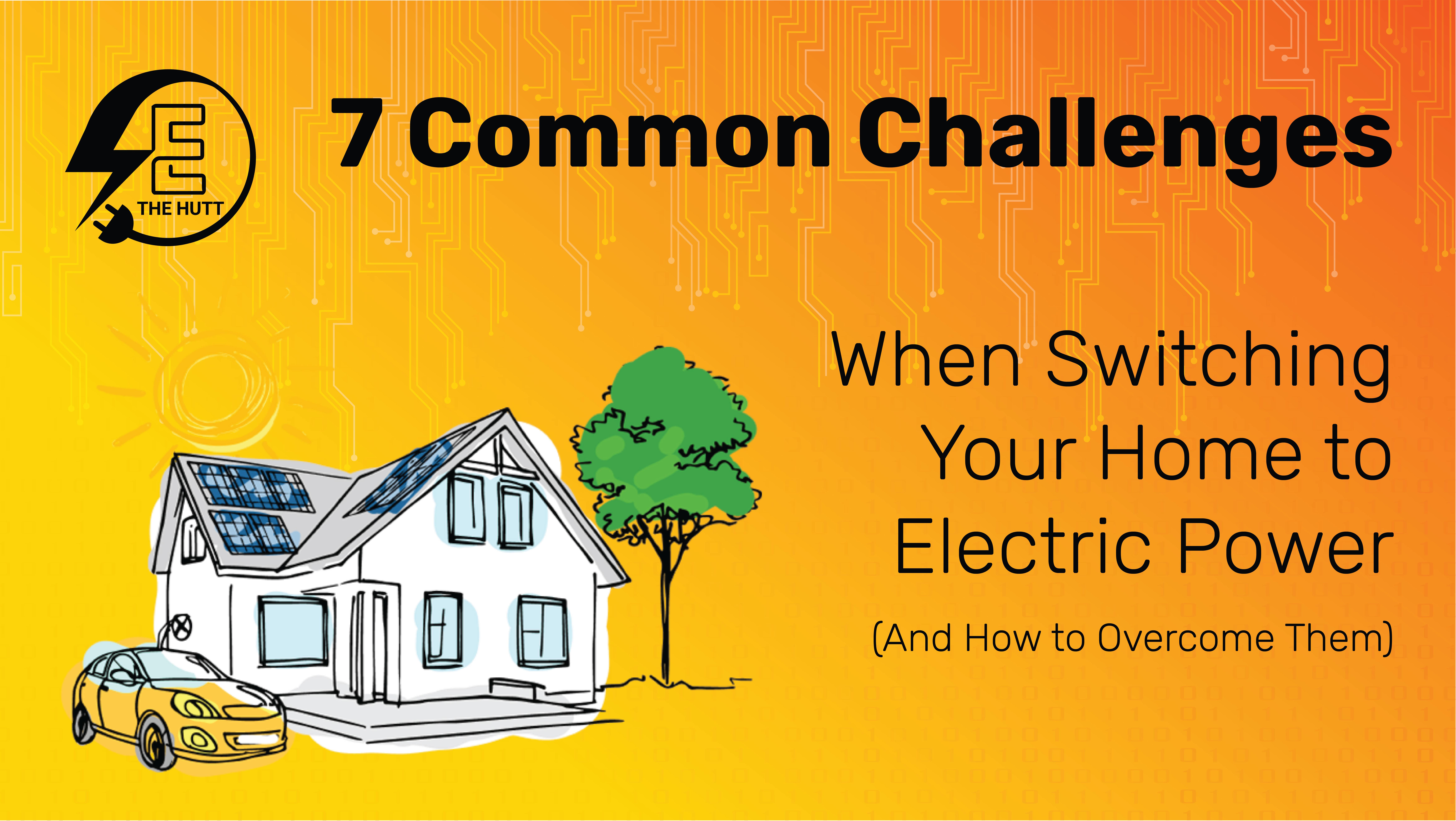
Switching your home to electric power is a positive step toward sustainability and lower bills. However, many homeowners encounter avoidable challenges along the way. Understanding these issues early can help you plan better and save money. Here are seven common challenges when electrifying your home—and proven strategies to overcome them.
1. Outdated Switchboards Can Limit Your Upgrade Options
Older homes often have switchboards that weren’t designed to handle the higher electrical loads of modern appliances such as heat pumps, induction cooktops, and electric vehicle chargers. Without upgrading your switchboard, you risk overloading circuits or facing costly interruptions.
How to overcome this: Have a licensed electrician evaluate your current switchboard’s capacity as one of the first steps. Upgrading to a modern, higher-capacity switchboard ensures your home can safely support all new electric devices and future expansions.
2. Making Appliance Upgrades Without a Complete Plan Can Be Costly
Upgrading appliances without considering your home's overall energy needs can lead to higher installation costs and missed opportunities for integration. A piecemeal approach might also cause inefficiencies or require repeat visits from professionals.
How to overcome this: Develop a comprehensive home electrification plan that prioritizes high-impact changes, such as replacing gas water heaters with heat pump water heaters, and groups upgrades where possible to save on installation and maintenance.
3. Inadequate Insulation Reduces Heating Efficiency
Electric heating systems such as heat pumps work best in well-insulated homes. If your ceilings, walls, or floors are poorly insulated, much of the heat you generate will escape, resulting in wasted energy and higher bills.
How to overcome this: Before relying heavily on electric heating, upgrade your home’s insulation to meet or exceed New Zealand’s standards. This step enhances comfort and reduces overall energy consumption.
4. Overlooking Time-of-Use Pricing Can Increase Electricity Costs
Electricity providers in New Zealand often charge different rates depending on the time of day, with peak hours costing more. Running energy-intensive appliances during peak periods without adjusting your usage can lead to unexpectedly high-power bills.
How to overcome this: Choose a power plan with time-of-use pricing and use smart plugs or timers to operate appliances during off-peak hours. This simple strategy can significantly reduce your monthly electricity expenses.
5. Neglecting Hot Water System Efficiency Can Undermine Savings
Hot water is a major energy user in many homes. Simply switching from gas to electric without considering water heater efficiency or cylinder size can lead to disappointing savings and comfort issues.
How to overcome this: Invest in a heat pump water heater paired with an appropriately sized and insulated hot water cylinder. This combination maximizes energy efficiency and ensures reliable hot water supply.
6. Choosing Appliances Without Considering Solar Compatibility May Limit Future Benefits
While most electric appliances will work with solar panels, selecting solar-compatible or smart appliances can help you maximize the benefits of solar power and battery storage when you add them in the future. This foresight can make future upgrades smoother and more cost-effective.
How to overcome this: When upgrading, consider appliances designed to integrate with solar and battery systems—even if you don’t plan to install solar immediately. This approach prepares your home for clean energy technologies down the road.
7. Skipping Professional Guidance Can Lead to Safety and Compliance Issues
Trying to install or modify electrical systems without certified professionals increases the risk of unsafe wiring, voided warranties, and failure to meet New Zealand electrical regulations.
How to overcome this: Always work with licensed electricians and energy advisors familiar with local codes and best practices. Their expertise helps ensure safe, compliant installations that stand the test of time.
Conclusion
Transitioning your home to electric power can be a smooth and rewarding process when you anticipate challenges and plan accordingly. By addressing switchboard capacity, insulation, appliance choices, and energy management strategies early, you’ll build a safer, more efficient, and future-ready home. Ready to electrify your lifestyle? Start with these tips to avoid common pitfalls and make the most of your investment.